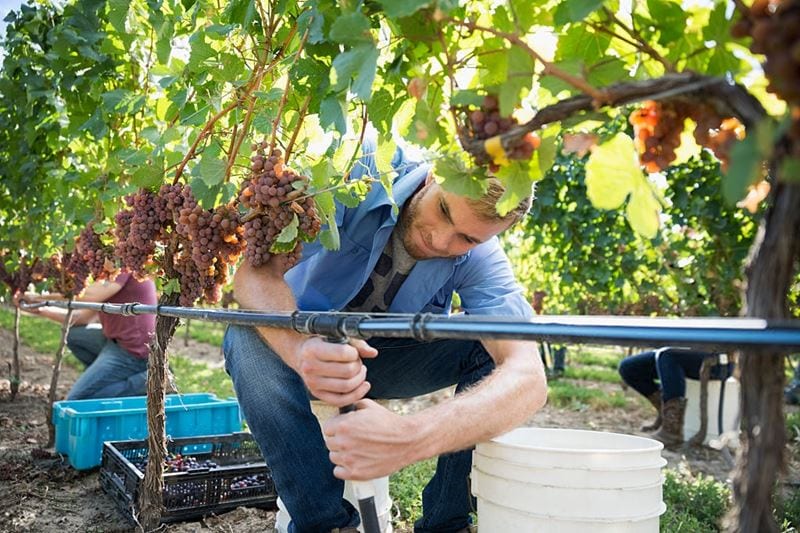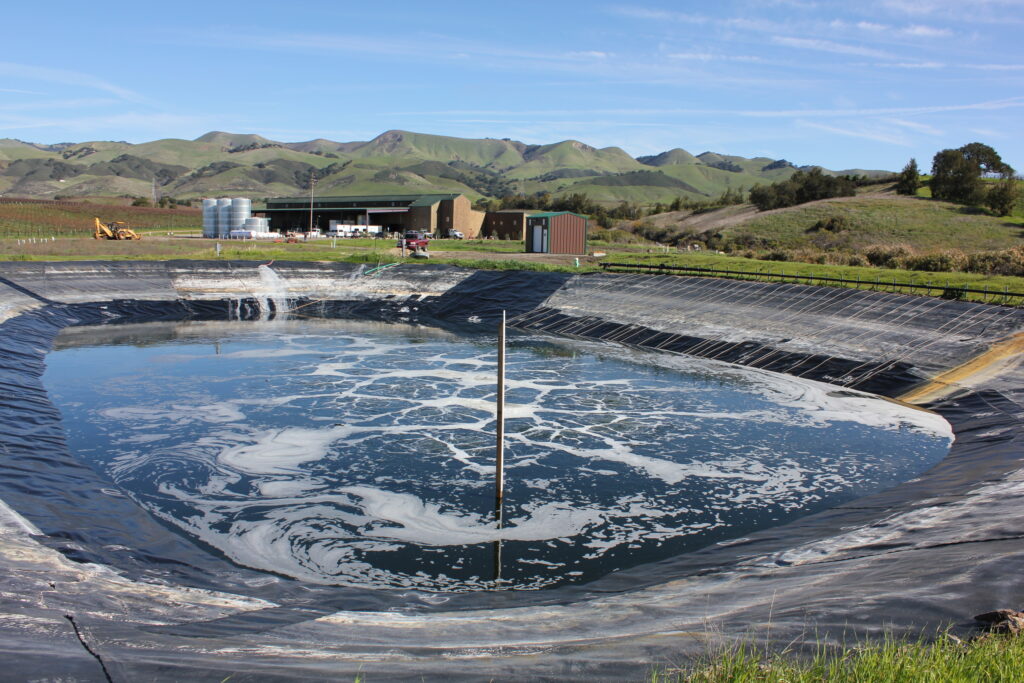Water conservation has become a critical focus in the wine industry as producers worldwide recognize the urgent need to balance exceptional winemaking with environmental stewardship. With traditional winemaking requiring approximately 6 gallons of water to produce just 1 gallon of wine, the industry faces mounting pressure to innovate and reduce consumption. Modern wineries are embracing cutting-edge technologies and time-tested sustainable practices to minimize their water footprint while maintaining the quality that wine enthusiasts expect.
From precision irrigation systems to advanced recycling methods, these conservation efforts represent more than just environmental responsibility—they’re reshaping the future of winemaking itself. As climate change continues to challenge traditional practices, water-wise winemaking has evolved from an optional consideration to an essential business strategy that benefits both producers and the planet.
Advanced Irrigation Technologies Transform Vineyard Water Management
Revolutionary irrigation systems are leading the charge in vineyard water conservation. Drip irrigation systems deliver water directly to vine roots, reducing usage by up to 50% compared to traditional sprinkler methods. These precision systems eliminate waste while promoting healthier root development, ultimately enhancing grape flavor profiles and wine quality.
Smart sensor technology has further revolutionized water management by providing real-time data on soil moisture, temperature, and vine water needs. These moisture monitoring devices reduce water usage by 20-30% by eliminating guesswork and ensuring vines receive exactly what they need when they need it. Wineries like Eco Terreno combine these sensors with pressure chambers to check vine “pulse” and make informed irrigation decisions.
The integration of evapotranspiration data from systems like California’s CIMIS allows winemakers to apply irrigation water at optimal rates—typically 50-65% of ET for red grapes and 70-80% for white varieties. This precision approach ensures efficient water use while maintaining grape quality standards.
Innovative Water Recycling and Reuse Systems

Water recycling has emerged as a game-changing conservation strategy, with on-site treatment systems saving up to 70% of water used in winery operations. Forward-thinking wineries capture and purify water from tank cleaning, barrel washing, and even rainwater runoff for reuse in vineyard irrigation.
Trefethen Winery exemplifies this approach with its sophisticated infrastructure featuring large reservoirs and biological settlement ponds that naturally purify captured water. Their central drain system collects both rainwater runoff and cleaning water, creating a closed-loop system that maximizes water efficiency.
Clean-in-place technology represents another breakthrough in cellar water conservation. These automated systems use significantly less water than manual cleaning while allowing for cleaning solution recycling between cycles. Additional cellar conservation measures include equipping hoses with automatic shut-off valves, using efficient mixing systems, and repurposing final rinse water as primary wash water for subsequent tanks.
Sustainable Vineyard Practices Enhance Natural Water Retention
Soil health forms the foundation of effective water conservation in viticulture. Healthy, nutrient-rich soil naturally retains moisture, allowing vines to access water when needed without excess irrigation. Organic and regenerative farming practices build soil structure and increase water-holding capacity.
Cover crops serve as “nature’s water sponges,” improving soil structure and reducing erosion while creating natural networks of beneficial fungi. These living mulches help soil retain moisture and reduce the need for supplemental irrigation. Some vineyards even use grazing sheep to manage cover crops, eliminating mowing while maintaining soil health.
Deficit irrigation represents a sophisticated water management technique that intentionally limits vine water access to concentrate flavors while conserving resources. This practice not only saves water but often enhances wine quality by producing smaller, more intensely flavored grapes.
Rainwater harvesting systems provide sustainable water sources by capturing and storing precipitation for use during dry periods. These systems reduce reliance on municipal water supplies and groundwater resources while ensuring consistent water availability.


